Dear Friends:
Greetings from the Deep South. This edition is a part-travelogue of my travelogue that I shall put together in an article form shortly. But for now, I have had a busy month with many travels and speaking engagements. I was on the West Coast of America delivering a lecture on Dr Ambedkar's birth anniversary. Then I accompanied Chandra Shekhar Azad, the young Member of Parliament and leader of the Azad Samaj Party, at various sites in California, documenting his interactions with the diasporic Dalits.
Shortly after, I headed to Texas to deliver two lectures. The first stop was Houston. The talk was sponsored by Dr Ambedkar International Mission Centre. There, I touched on two topics: the capture of Buddhist sites by Hindu groups and the subordinated mindset that many Dalit professionals carry in their workplace in America due to the caste system's nefarious influence. I urged them to celebrate their talent and craft. They were told that since they were beneficiaries of the reservation policy in India, they were not deserving of the accolades that they received.
The second lecture was at the University of Texas, Austin, where I was invited to deliver the Ambedkar Memorial Lecture, organised by the students of the Anti-caste Alliance, a terrific bunch of Dalit and non-Dalit students committed to the ideology of Ambedkar and his mission of the annihilation of caste. I was inspired by their commitment and how they conducted with each other, downplaying the caste design of mind. At UT, Austin, I spoke on the Caste Archives of America. It reports on my ongoing research and archival unearthing of the caste histories of America.
Following Austin, I went to spend some time in Dallas and then back to California, this time in San Diego, to deliver the 41st Appleby Lecture at San Diego State University. The title of the lecture was, Ambedkar in Black America Race, Caste and Solidarity. Here I presented the findings of my research on the topic. It was a satisfying experience to deliver a longer version of the keynote to an attentive audience.
Following the Southern Californian trip, I headed up north to the Bay Area following the trail of the coast via LA, Malibu, Santa Barbara and finally reaching San Jose.
I am on a mission to document the lives of Dalits in the diaspora. Thus, I am gathering a photographic and video archive of the Dalit diaspora. There is a phenomenal budding archive that needs to be preserved. After California, I headed to Chicago for a Q&A keynote and then to Bloomington, Indiana, to see Kevin Brown to discuss our book project.
Deep South
When I was up in Sonoma at my friends Jim and Anne's house, we ruminated on visiting the Deep South. I have been thinking about this region for a long time. One cannot think of America without being in this exceedingly different region, the capital of the confederacy states that went to war to preserve their right to own slaves and command the profits from the unpaid, exploited labour of kidnapped Africans.
The American story is recent, and so are the wounds that invite us to be with the pain vapoured in the air as we pass through the needles of history. Thus, my wish to go to the Southern region was brought to fruition by Jim and Anne, who accompanied me on the civil rights trail.
We started in Montgomery at the Equal Justice Initiative's site. Bryan Stevenson, one of the living heroes, is the executive director of the institution. The story of Bryan, his work, EJI and the towering museums speak of the finest commitment and love.
Bryan is heavily invested in the work to bring justice to the deprived and ignored masses. He is a modern-day icon for the outcaste group of America who are shunned away into prisons to be exploited further, reminiscent of the bad old days of slavery, an argument forcefully made by Stevenson, Michelle Alexander, Khalil Gibran Muhammad, wonderfully crafted by Ava DuVernay in the Netflix hit, 13th. This documentary was my initiation to America when I watched it after my arrival.
At one Dalit gathering, I asked everyone to watch the documentary with me, which left everyone numb. It left me determined. Thus, it was a meeting point of sacrifice and tears of hope, ushering in the Southern geographies. This is what my forebearers saw when they made the comparison of the slaves with untouchables, and also provided a nuance to the difference between these institutions.
I am humbly following in those footsteps. An interesting thing about the published research on incarceration and Jim Crow is that it draws parallels to castes. As Bryan Stevenson argues, the people we have condemned to gaols are the broken people of America. He emphatically argues that America has broken them with little chance to bounce back. But then he ushers in hope of repair, a theme that dominates EJI's museum infrastructure. In the broken humanity of those victimized and those inflicting harm, Stevenson sees the extraordinary light in pursuit of justice.
Broken people literally means Dalit, and that idea of outcaste is what makes the Dalit body comparable to the denuded status of the black person in America. This idea of social outcastes, a theory advocated by W.E.B. Du Bois and upheld by Michelle Alexander, reminds us that the nature of being of being an oppressed has a lower level of incomparable humanity and that is of those who are excluded from the community. These are the untouchables of our societies. For America, it is the imprisoned group that is tortured for the bane of their racialized birth in a scared white republic.
This is what Dr Ambedkar had argued when he made the distinction between the slaves and the untouchables. The former were a sight and a property; the latter were impure and not claimed by any. But the infrastructure of graded exploitation informed about the parallels.
The ones inflicting hierarchical harms upon the differentiated people on the plantation took the longed cues from the Brahminical codes of caste hierarchy. I expanded this theme in my University of Oxford thesis. You shall see this in a developed form in the book.
I had met Bryan Stevenson in 2018. I could not meet him this time as he was away, and we had not organised it in advance.
In Montgomery, Alabama, we visited the Legacy Museum, which is a state-of-the-art curation, one I haven't seen. The only possible rival to the museum could be the National Museum of African American History & Culture. I will write more about the museum in an article. But it will inspire you and make you determined. You will leave a different person, like an impactful movie that draws you to work out of your comfort zone.
Following this, we went to Selma to witness the site that informed the world about civil rights activism, taking positive steps towards justice and representation. The National Voting Rights Museum and Institute hosts the story of many unsung heroes, whom they call the foot soldiers of the movement. Unlike the Legacy Museum, this needed attention, but in the curation and presentation of facts, it remained unmatched.
I stumbled upon Dr Martin Luther King Jr.'s Non-violence principles recorded in bullet points. I was struck by a few that made me think about the influential dynamics that these principles bring upon those who are inside and outside the struggle. The one's bearing the burden and those who are participating in inflicting violence.
Following Selma, we headed towards Jackson, Mississippi. The history of Mississippi is well-known. We were prepared by the site of remembrance that depicted the lynchings county-wise. Mississippi had ranked among the top. The state of Mississippi was interesting for me due to the work of Allison Davis and the Gardners in Deep South, one of the indefatigable tracts on ethnography and research.
Deep South was a book that reported from the South, particularly Mississippi, through participant observation. Thus, with anticipation, we headed there. The food in the South turned out to be meat-heavy and fried food. It is a classic working-class, farmworkers' food. I wonder if this might be amenable to the sedentary lifestyle of today for folks like me.
Jackson was another historic town. We walked over to the State Capitol to a sombre silence overtaken downtown. The Baptist Church's influence was palpable. Several blocks near the Capitol carried the name of the Baptist faction.
Downtown Jackson was ghostly. There wasn't anyone. A few staffers were seen entering or exiting the building. Apart from them, the vast swathe of the Capitol's premises was empty.
We made a stopover at the Emmett Till Museum, which takes us through the backstory of Till and the region's lynching past. The replica of Till's murdered body that his mother had kept open in the casket for the world to witness the brutality of Jim Crow shakes one as we come near the end of the tour.
The trip to Cleveland and Clarksdale, purportedly the birthplace of American music, was inspiring. The Blues genre and its origin lay on the plantations, more specifically at the workplace of subordinated slaves. Dorothy Farms is recorded as the birthplace of the Blues music. It is a nicely curated site where one can briefly spend time in the historic space and try to imagine the history.
That evening, we spent the evening at Ground Zero Blues Club in Clarksdale learning about the melody of Blues and how it has transitioned to appropriating new musical instruments in performances. That night, I learned that I am a fan of the Blues. When the black artists started singing, the crowd, the majority of whom looked like descendants of the Viking battalion, stood on their feet and allowed their hands to freely swing in the air. It felt that the southerners embraced the Blues as their own with its fraught history.
The culmination of the short trip was in Memphis, Tennessee, where we visited the site of Dr. Martin Luther King Jr.'s murder at the Lorraine Hotel. The National Civil Rights Museum erected at the site is an impressive source of information, background knowledge of various events from the past and the politics of the civil rights era and America. As with other big museums that we visited, this one too needs a day to accomplish. The Southern region has its charm, history and solidarity.
The Southern region was unlike the Northern parts of the USA, which I am used to. It almost felt Tropical to my taste. Lots of farming, heat, and culture around vegetation.
When I left Memphis, TN towards Canada and Iceland, I wondered if I had come from a global south region.
In Toronto, I attended the Global Conference for a Caste Free World 2025 from 25-27 May, hosted by the Sahayatra group of Nepali Dalits in association with a couple of dozen other groups. The conference passed a hopeful Toronto Declaration here.
The Nepali Dalit activism is inspiring. In some aspects, they have accomplished more than their Indian counterparts. The ministers and government of Nepal acknowledge the bane of caste on international forums. While the Brahmins of India continue to deny the possibility of a conversation.
Publications
Review: Textual Lives of Caste Across the Ages, edited by Prathama Banerjee. It was one of the most revealing reads for me in recent years.
While most contemporary caste-studies scholars rely on colonial or modern archives, this volume interprets caste as recorded in ancient sources. The book explores a range of topics such as,
anti-caste traditions, materialism of Indian thought, Buddhist interconnections between the practices of various religions, Arabic and Persian textual embodiments of caste, the kingly pasts of the Dalits including of figures like Raja Matanga, and the gynocracies of women from Dalit backgrounds like queen Humsa of Kashmir or Soyrabai of Shivaji
Noted journalist Chandrabhan Prasad has started a YouTube channel that goes to the rural belt of the Hindi heartland and uncovers interesting stories of people. Here in this video, he interviews a Ramrati Devi from Tofapur village in Azamgarh village who hadn’t seen more than 10 paise equivalent in her life. She explains how the Dalits worked for Muslim and Thakur landlords. This raw cut and language of the locale bring us to the reality of Dalit lives in India. Access here.
My conversation at the Hay Festival in Colombia on democracy and the ruling class can be viewed here.
The International Booker Prize is given to Banu Mushtaq’s Heart Lamp, a short story collection originally written in Kannada and translated in English by Deepa Bhasthi. This news has broken many barriers and undermined the insecurities pertaining to Indian literature. You can read more here.
Yogendra Yadav brings to light the concerns that some of us have harboured for some time. With all the pomp surrounding Ambedkar and the claim on his legacy. The once-rebuted and disgraced figure for the majority dominant caste folks, he is now the icon of blue-eyed elites. In his Express column, he writes:
With the completion of his iconisation, Ambedkar’s memory could face the same fate as that of Gandhi post-Independence: He could be reduced to an empty signifier, a lifafa that anyone can use to insert anything. This casts a responsibility on those who connected with Babasaheb’s mission before he became respectable to the rulers.
Read the complete piece here.
The Press Trust of India released a cable to the media outlets on Ambedkar's birth anniversary. It cites my book on the critical reading of Ambedkar and his iconography.
"Ambedkar’s image is used to silence Dalit rage around any issue, to the benefit of the oppressor, who is more than happy to co-opt Ambedkar into their vicious programme of hatred and violence," Yengde wrote in his book Caste Matters.
He pointed out how leaders turned to the Constitution during the 2024 general elections as a symbol of defiance.
"They found it a more appealing idea to attract the common mass towards Samvidhaan, as opposed to other traditional issues at hand, such as social justice, welfare programmes, education, health, taxation and the protection of the working class," he said.
Dr. Yengde noted the enduring relevance of Ambedkar's analysis of caste consciousness. "Ambedkar had presciently observed that each caste is a nation in itself…that did not help to form a fellowship of national feeling," he wrote in Caste Matters.
Ambedkar's advocacy for federalism and checks on centralised power continues to resonate amid debates over democratic backsliding.
His famous assertion that "Democracy is only a top-dressing on an Indian soil which is essentially undemocratic," from his 1949 Constituent Assembly speech, is frequently cited in discussions around majoritarianism. Read here.
Chinniah Jangam’s work on Dalit hotelier M Nagloo is a thing to look out for. He gave us a peek into the story of his legendary figure, whose biography was written by his son, M. N. Venkataswami, in 1908. This might as well be the first English biography of a Dalit in modern India. You can read more about it in this article. He is currently working on a memoir comprising the story of his mother.
The keynote at Harvard was covered by Harvard University. Here is a brief rundown of the show.
This article about masculinity and the beating of men by both left and right, fathers, mothers, and wives, is quite revealing.
Some on the left are more likely to assert that any whiff of traditional masculinity is toxic, effectively shaming boys and men without expressing empathy for the ways in which they may be confused or hurting. “From the right, you’ve got ‘Man up. Squash your emotions. Don’t speak out. Don’t talk about your pain,’” Whippman told me. “And from the left, you’ve got ‘Be quiet. Time for somebody else to have a turn.’” Read here.
Martin Macwan, the leader of the civil rights movement in India, wrote this beautiful message inviting us to step aside from dependency on aid-based activism. Through his work, he explains how he does it. It is important to know that and follow in his footsteps to be an autonomous movement. Read here.
Congratulations
Neeraj Ghaywan, one of India's sincere filmmakers who crafts the screen like an adult's dream, was back at Cannes after a decade. It is like Neeraj makes films and goes to prestigious festivals to receive accolades. His new film, Homebound, is a friendship between a Muslim and a Dalit youth, written by Basharat Peer. I remember Basharat mentioning this to me briefly in the Summer of 2020 briefly on the call. Homebound was selected under the Cannes’ Un Certain Regard category. The film received an accolade of 9 minutes. Neeraj is humble but also grounded in his politics. He is aware of his human limits and their extraordinary achievements. He speaks about the film here. You can read an excellent coverage of the film here.
“Ghaywan remembers that Martin Scorsese had written him an email, so when “Homebound” came up, du Plantier suggested they try him again. Scorsese joined the team as EP this time, and gave detailed input and guidance from the script stage all the way to the edit, which Ghaywan found “surreal.”...Ghaywan said that he wrote Scorsese a long letter, giving him his perspective about caste, and he realized that Scorsese understood so many things.”
Justice Bhushan Ramkrishna Gavai took the oath as the 52nd Chief Justice of India, becoming the first Buddhist and second Dalit to hold this post. He has six months. He is the son of an illustrious politician, R Gavai, who was a firebrand politician. Gavai Sr. had served as the Governor of Bihar, Sikkim and Kerala.
Prof Jaya Dofe, an expert on Hardware security, was elected as the Faculty of the Year given by the Undergraduate Research Opportunity Center (UROC) at California State University, Fullerton.
On a similar note, at CSU Engineering, we’ve another star faculty from the Dalit community, Prof Sudarshan Kurwadkar, who has added a glitter to his shining crown. At CSU, he earned the title of 2025 Outstanding Professor Award.
This very engaging interview of Prabhakar Kamble, one of India’s leading curators and anti-caste artists, with Anupama Rao, the director of the Ambedkar Initiative at Columbia University.
You can read the dialogue on Borderlines website here.
The damage to the Palestinian region continues. The blueprint is familiar. Read the NYT coverage here.
I am now heading to Oxford, where my mother will take her maiden trip to see me graduate with a DPhil degree in History on 31st May. I have organised an appreciation ceremony to thank the Dalit community in the UK who have been a witness to my story from 2011, when I had come to the island to study for my maters in laws program.
In History
4 April – Death anniversary of Jhalkaribai, the rebel woman fighter
April 11 - Jotiba Phule’s Birth anniversary
April 14 - Dr Ambedkar’s Birth anniversary
6 May – Birth anniversary of the radical Dalit intellectual reformer, Achootanand
15 May – First publication of Annihilation of Caste by Dr. Ambedkar
20 May – Birthday anniversary of Panditar Iyothee Thass
27th May – Death anniversary of Ramabai Bhimrao Ambedkar
#JaiBhim #DalitLove from Londo for now.
suraj
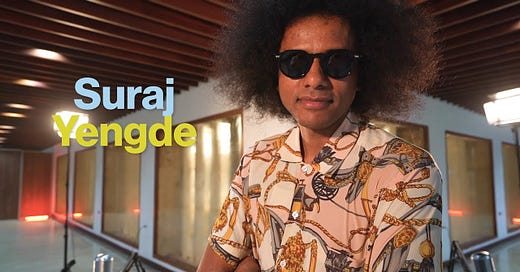



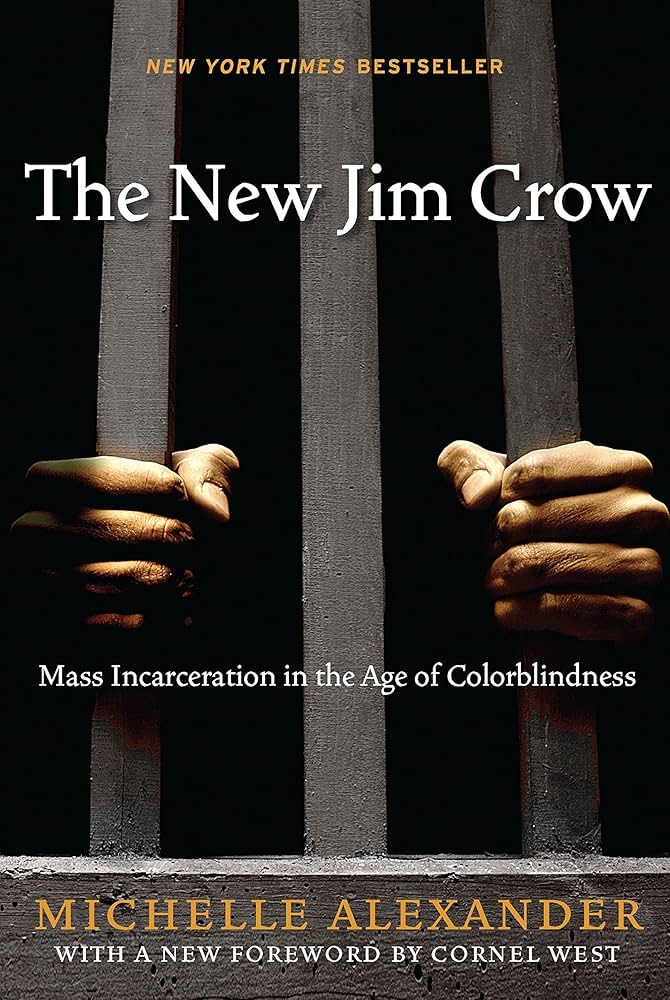

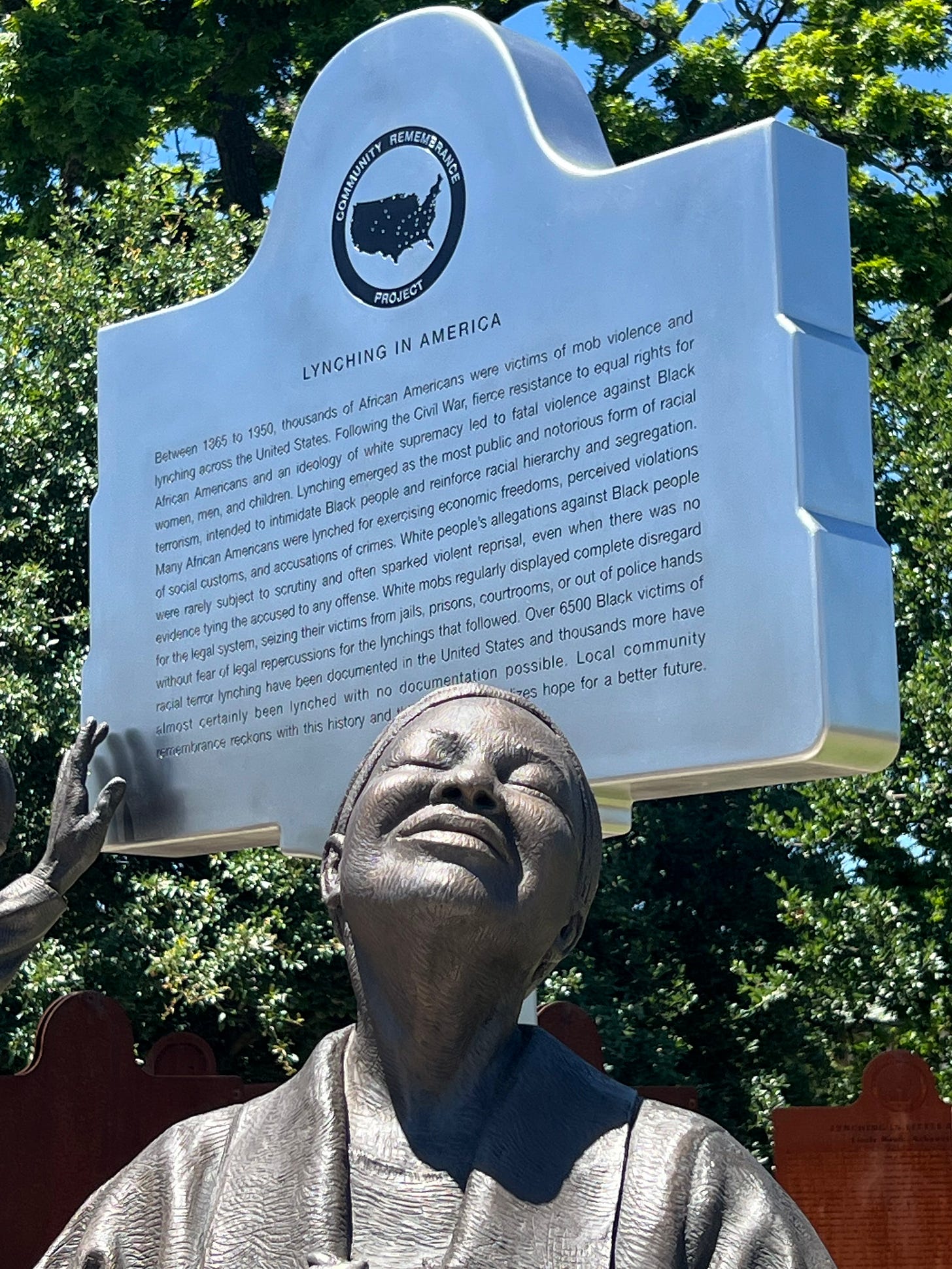
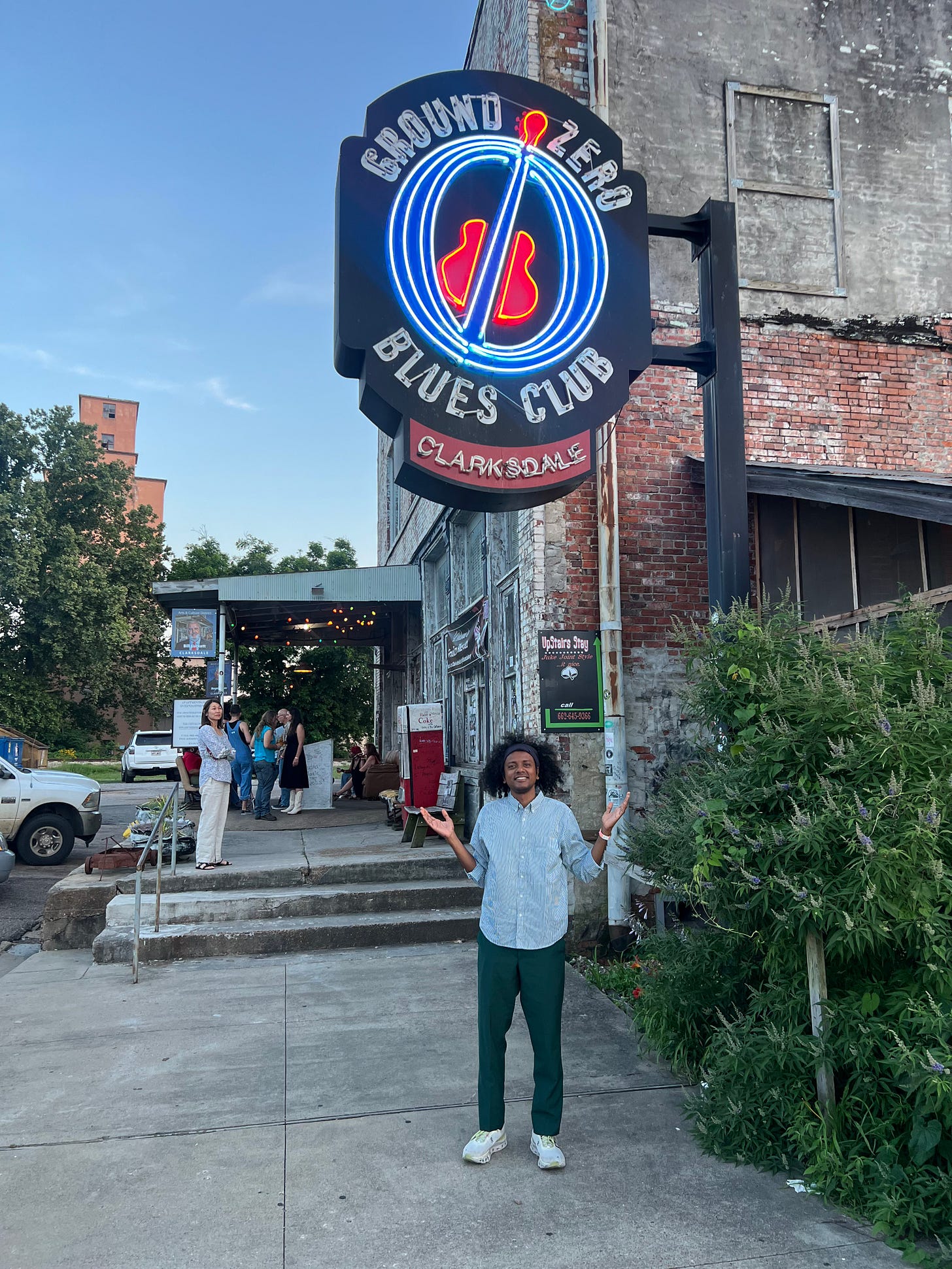

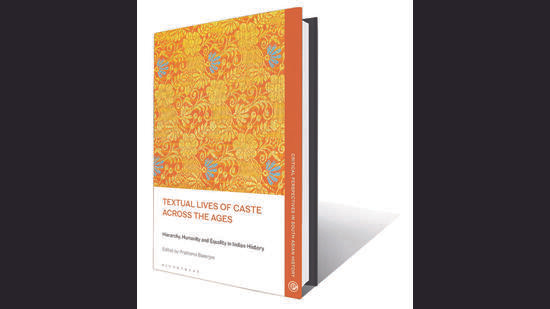









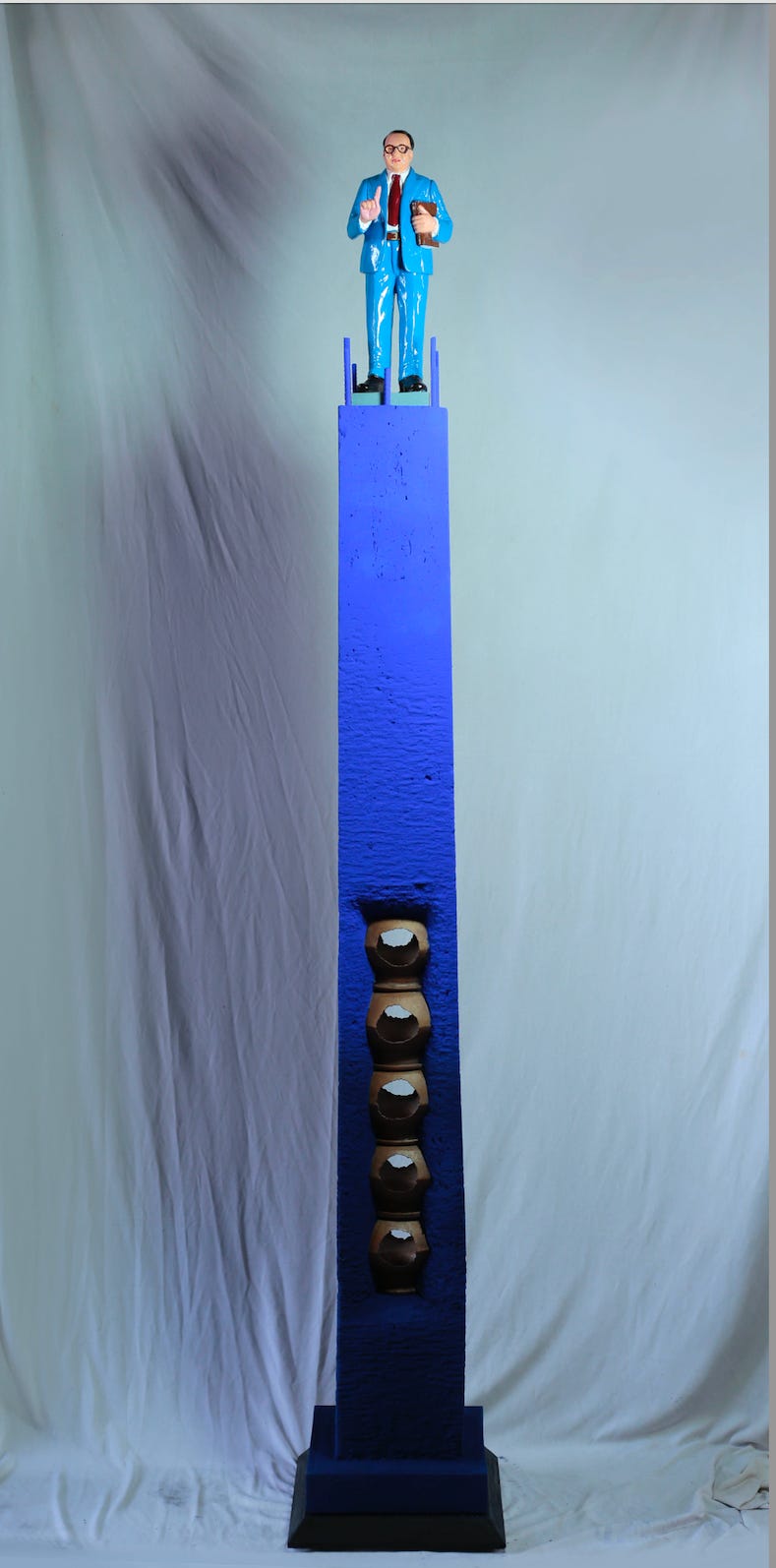

We stopped print newspapers (IE) during the covid lockdown. I have not read an episode of My Dalitality since then. Engaging, informative, and lively. Been seeing you and your Mom on Insta.
This reminds me of a post I wrote: I carried her like a hymn no one else could hear.She was never mine to keep. https://thehiddenclinic.substack.com/p/a-field-note